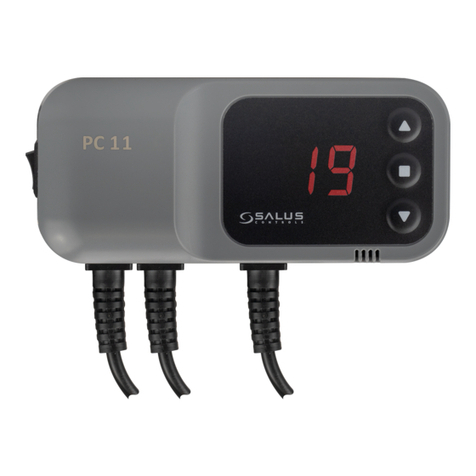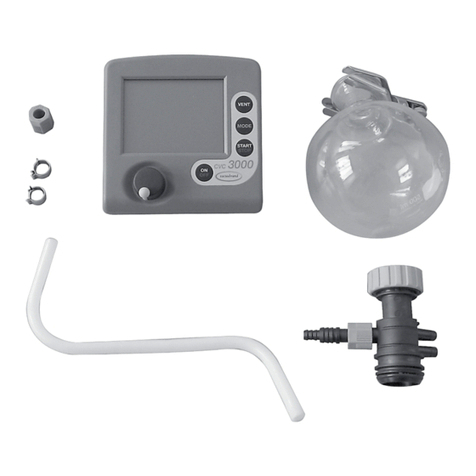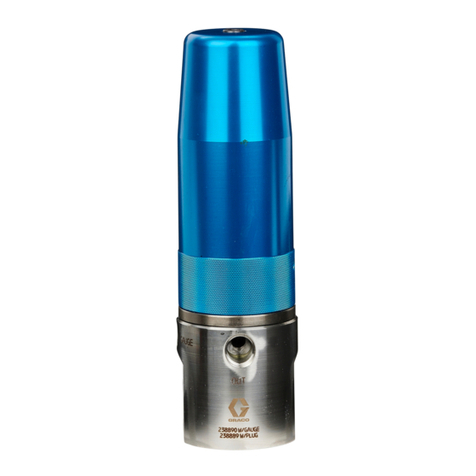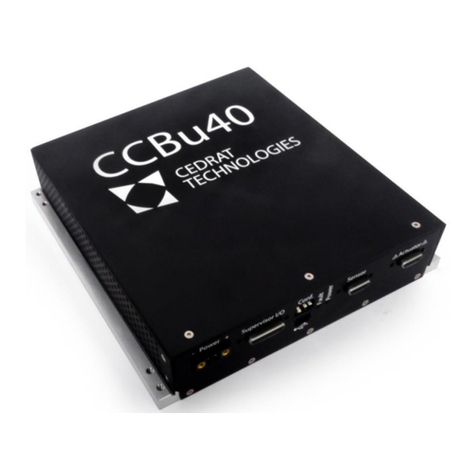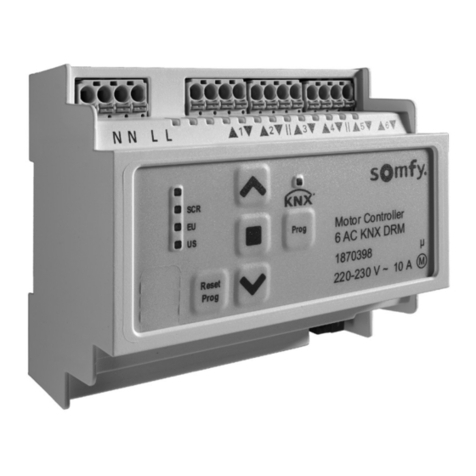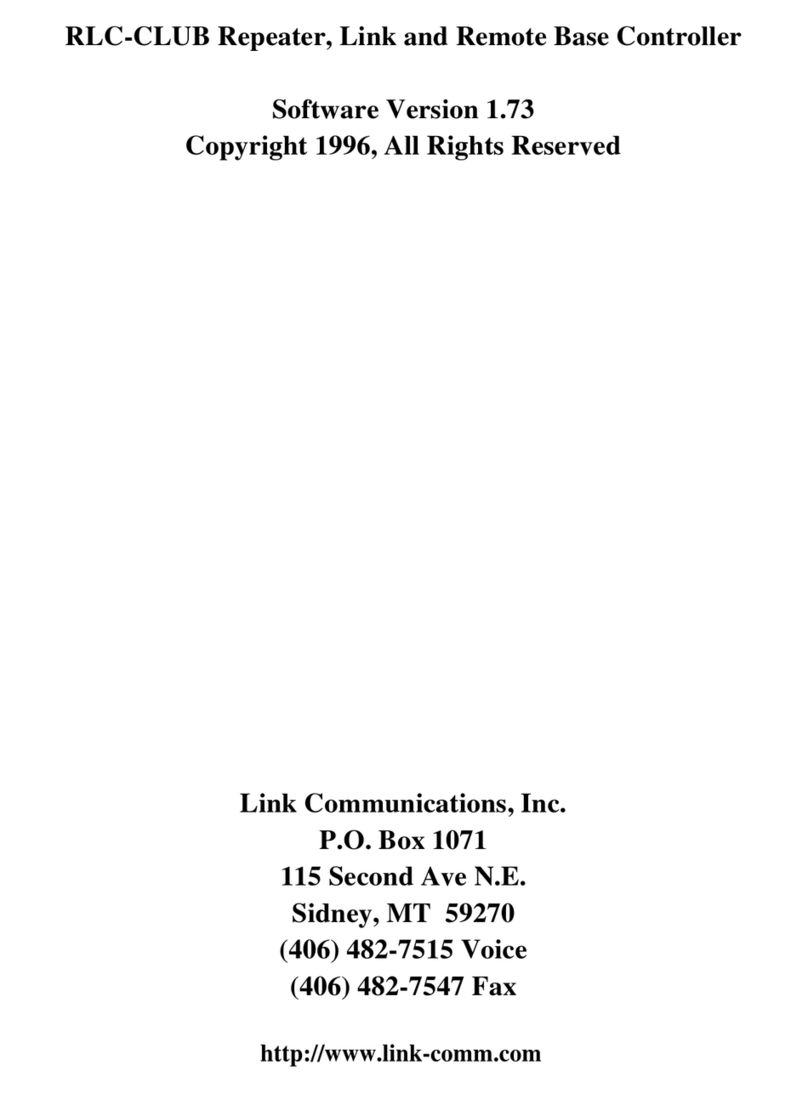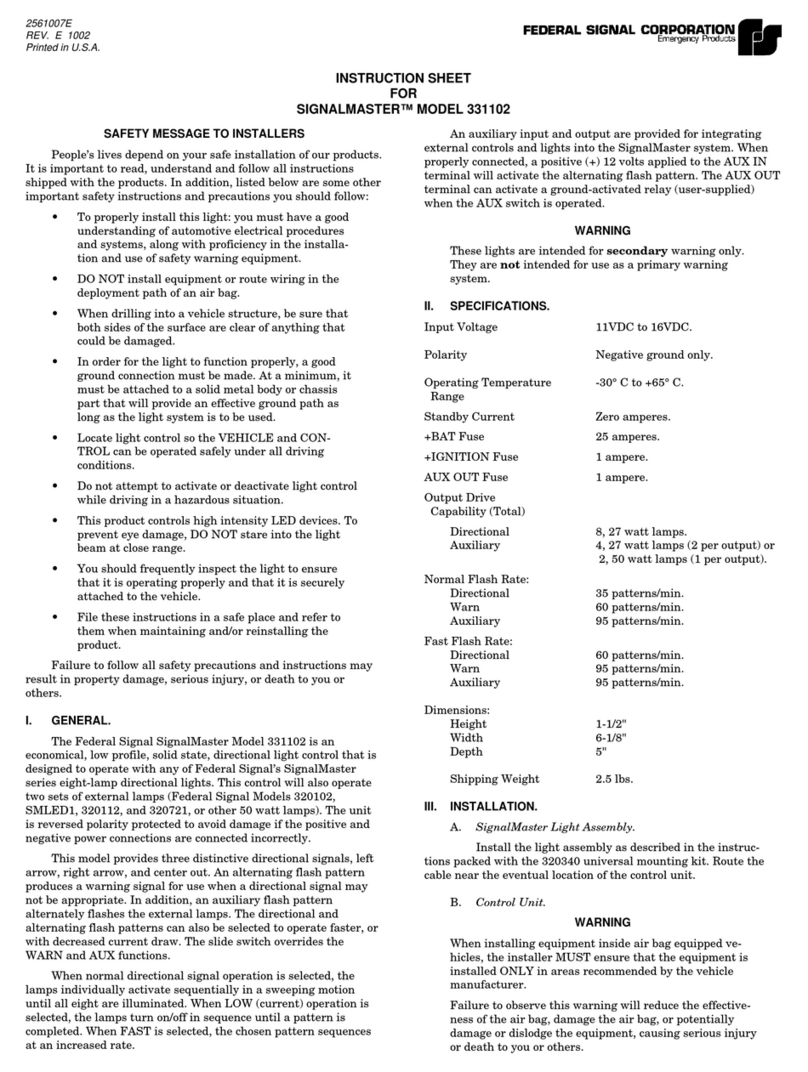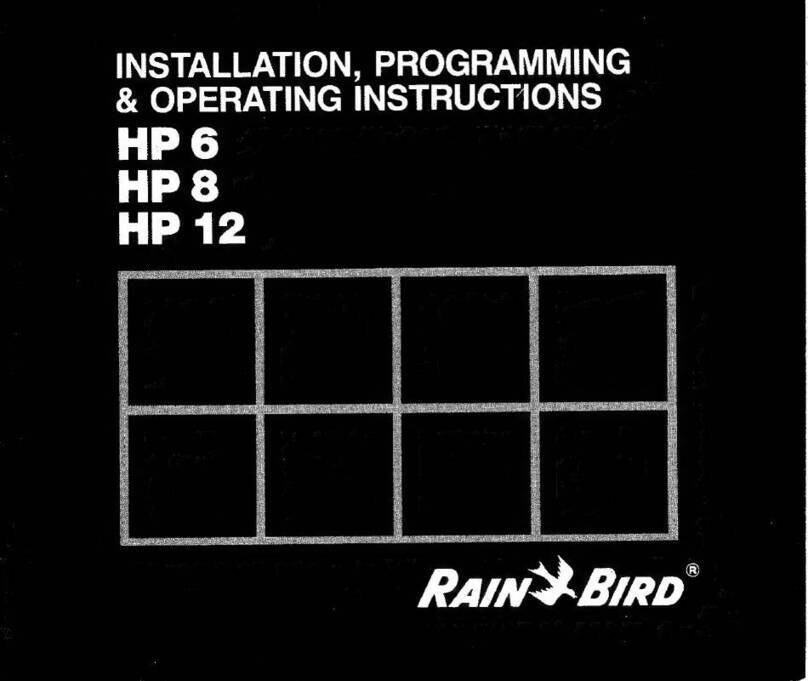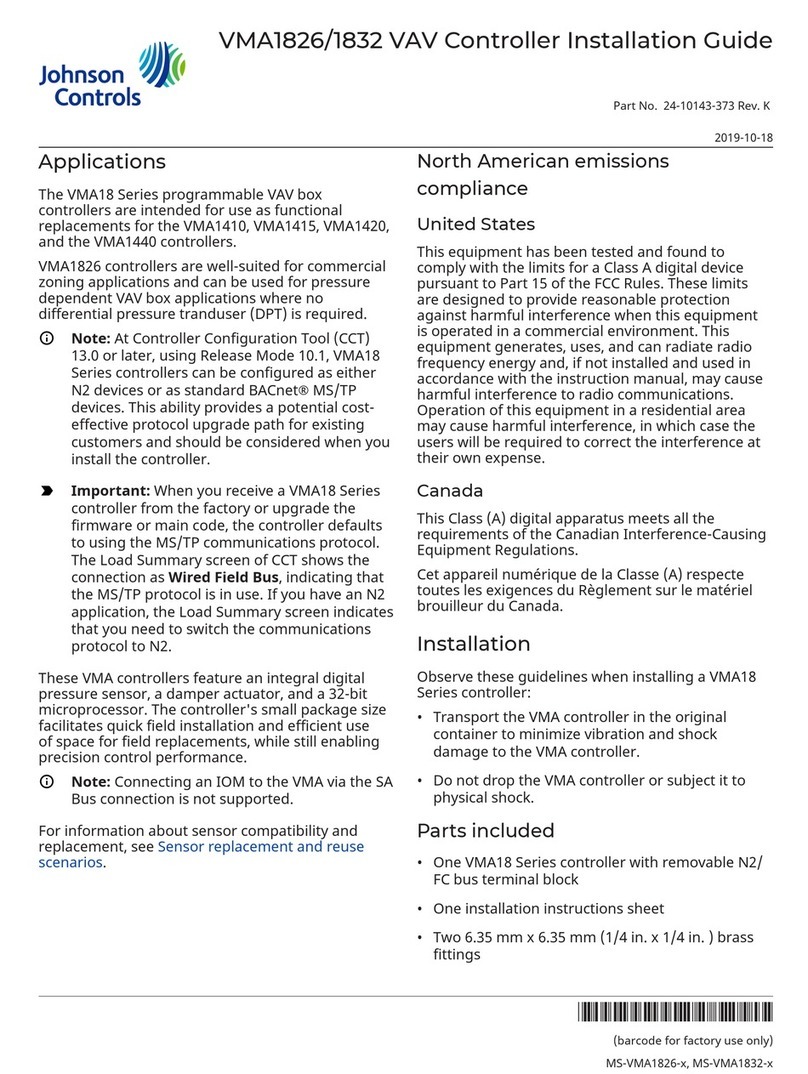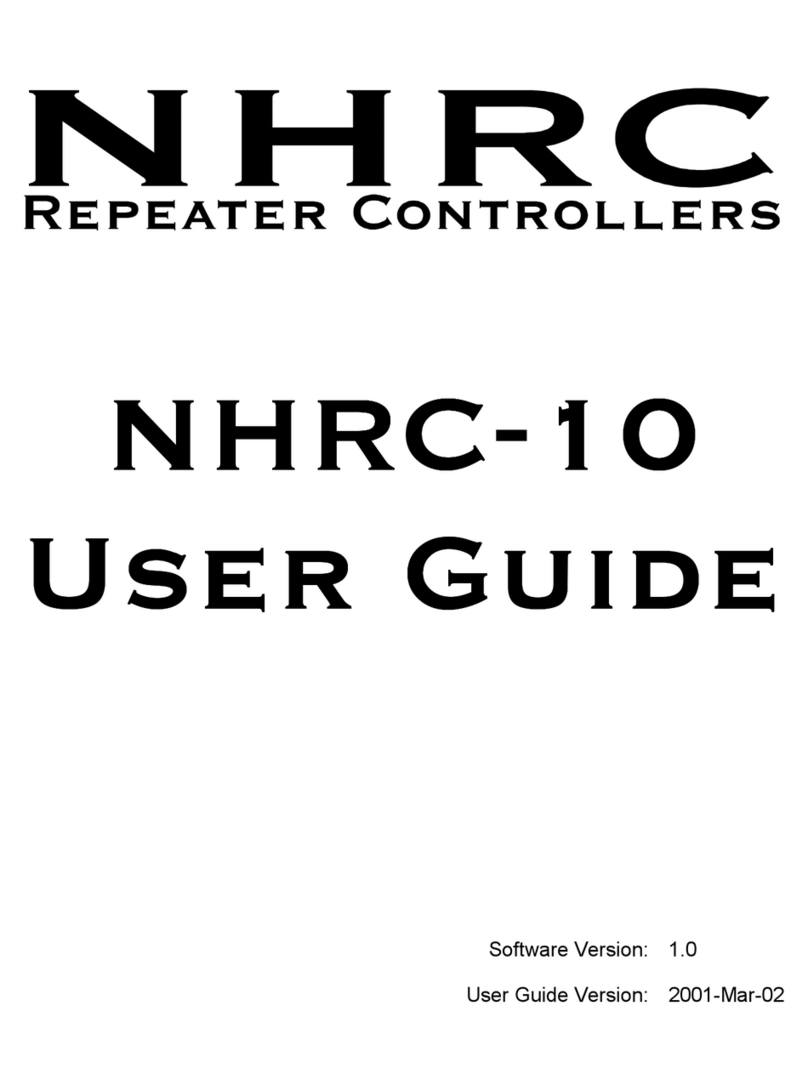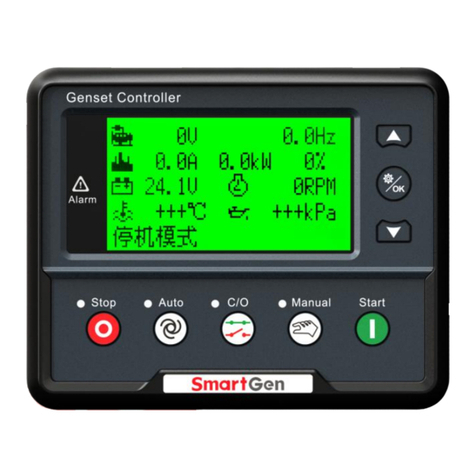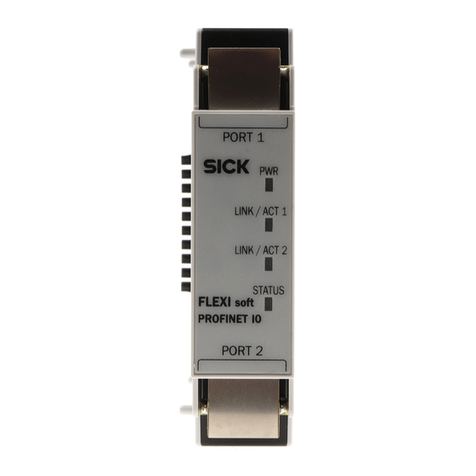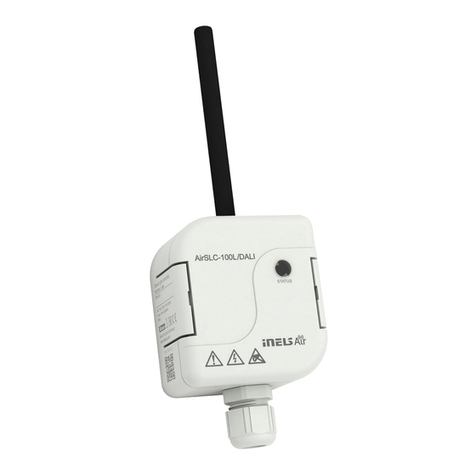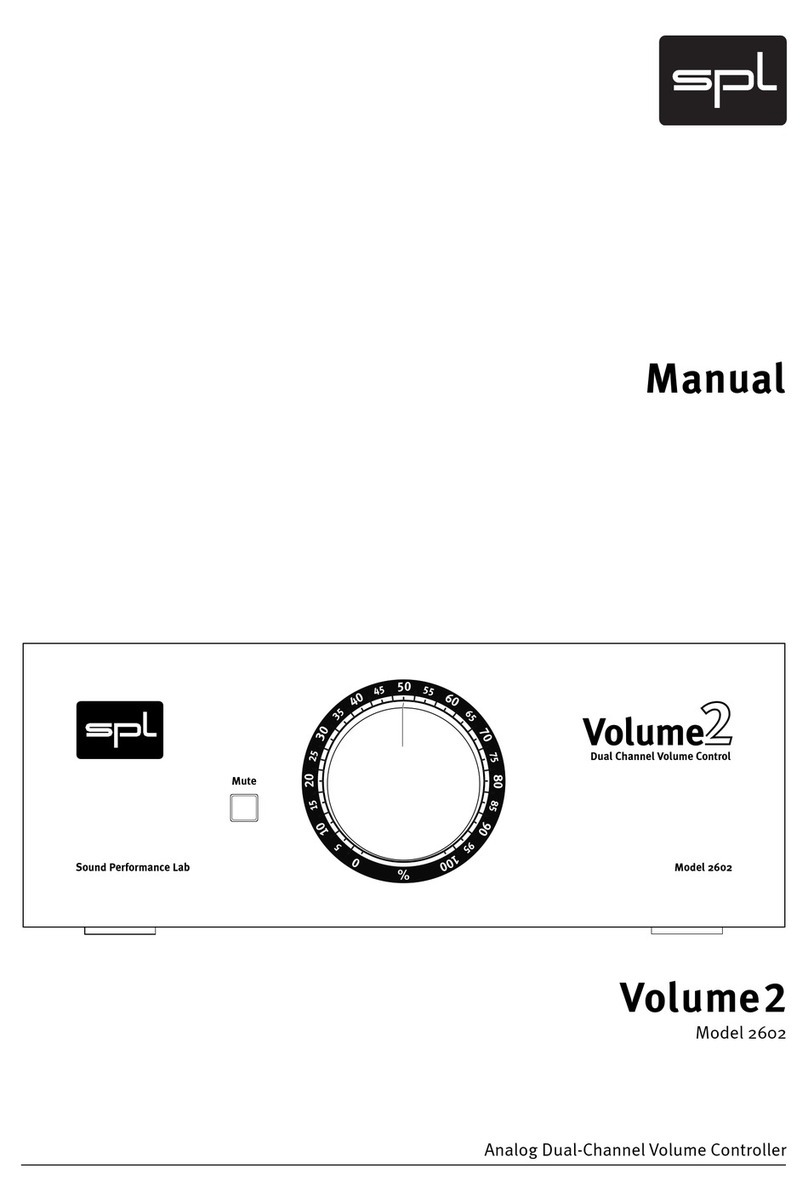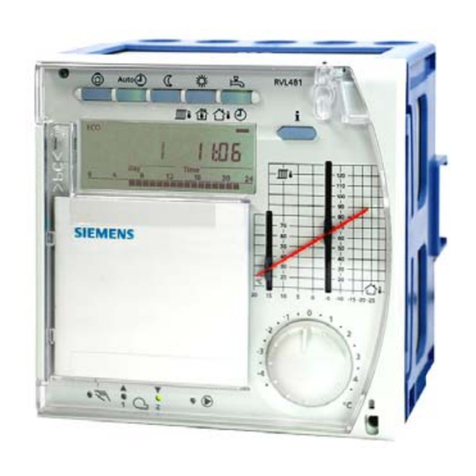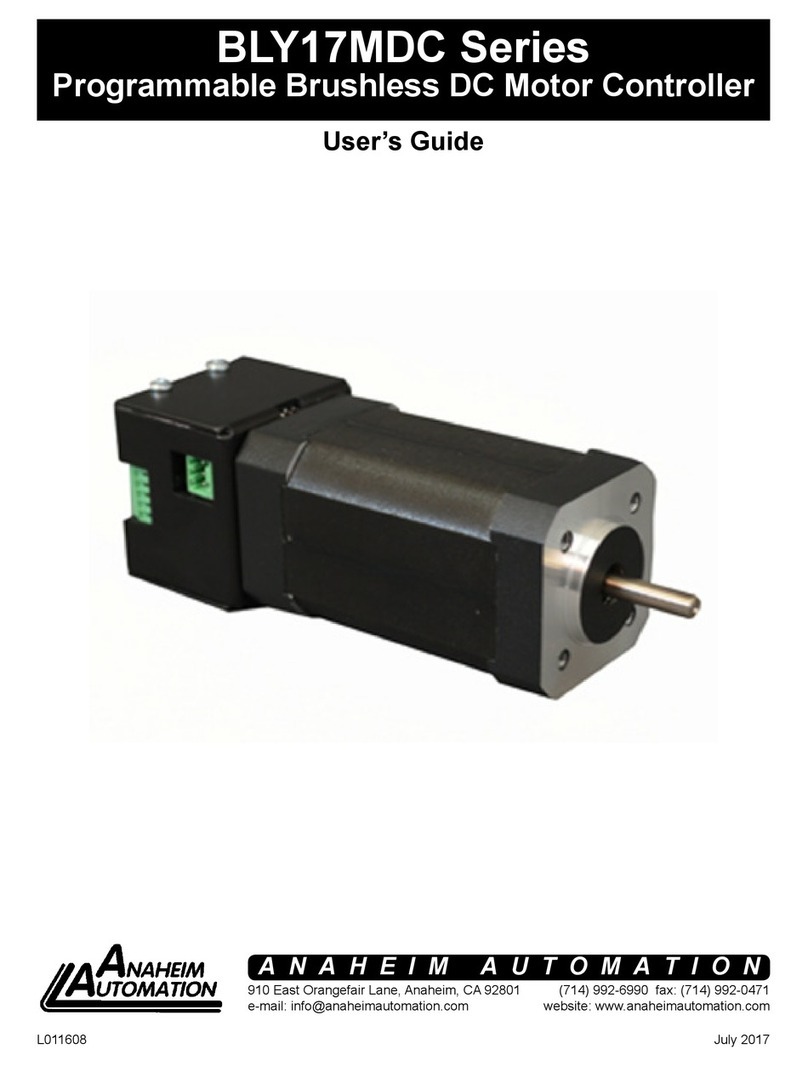
NHRC-2 User Guide
NHRC-2 Troubleshooting Guide Page 2 3/16/2000
Copyright © 2000, NHRC LLC
All Rights Reserved.
high. In this case, ISO1 has probably been destroyed. Replace R30
(1.5Kohms) with a higher value, calculated to allow approximately 10mA
to flow through the LED in the opto-isolator. We do not recommend CAS
signal voltages of more than 30 volts.
If the LED will not glow, make sure that there is at least +3 volts on pin 6
of the DB9 connector (P1), measured against pin 7, when the CAS signal
is present. The LED must glow when the CAS signal is present.
If the LED glows when CAS is applied, but the controller never seems to
"see" that the signal is there, you can test the entire CAS path in the
controller by using a DVM to measure the voltage on pin 13 of U1
(PIC16F84). Pin 13 should be near +5 volts when the CAS signal is not
present, and should fall to near 0 volts when the signal is present.
PTT Signal problems
If the power is not good, or the CAS signal is not good, you will never get
PTT (push-to-talk). These sections should be verified before worrying
about the PTT circuit.
Pin 7 of U1 (PIC16F84) should normally be around 0 volts, and should
rise to about +5 volts when the controller turns PTT on. If not, verify the
CAS signal is working, then examine the section in this document on a
completely dead controller. When PTT is turned on, the gate (pin 1) of
Q6 should rise to about +5 volts. If not, then either Q6 is bad (shorted) or
R29 is open or incorrectly installed.
The controller supplies PTT as a closure to ground. If the controller is
interfaced to the repeater correctly, there should be some positive voltage
on the drain (pin 2) of Q6. When the controller turns PTT on, this positive
voltage should drop to near 0 volts. If there is no positive voltage on pin 2
of Q6, then check the interface to the transmitter's PTT line.
Completely Dead Controller
If the controller appears completely dead, and none of the power, CAS, or
PTT symptoms are found, then the problem may be related to the
microprocessor. Measure the DC voltage on Pin 4 of U1 (PIC16F84) with
a DVM. This pin should have around +5 volts on it. If it does not, check
R17, R18, R19, Q5, and D1. Make sure that D1 is installed correctly, with
the banded end of the diode mounted into the square pad on the PCB.
Make sure that Q5 is oriented correctly, and verify the values of R17, R18,
and R19.
If U1 pin 4 has about +5 volts on it, make sure that the 3.58 MHz clock is
running. Use an oscilloscope to look at U1 pin 15. This pin should have a






















